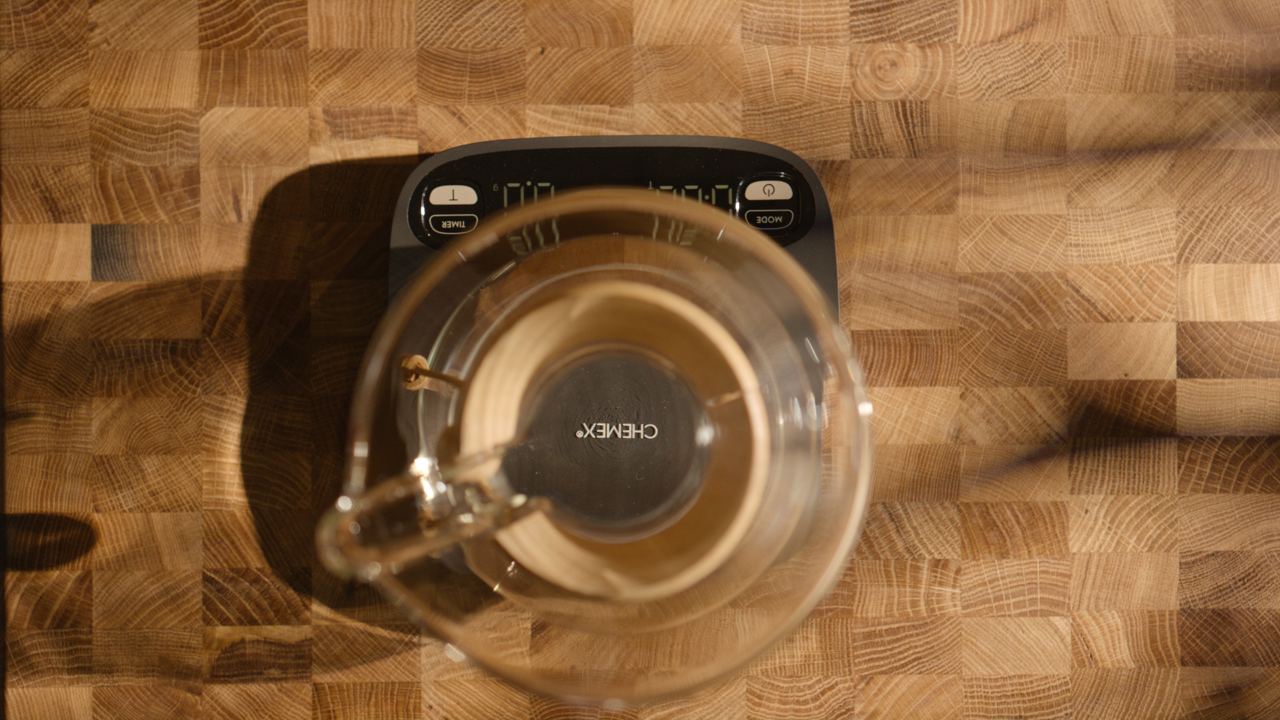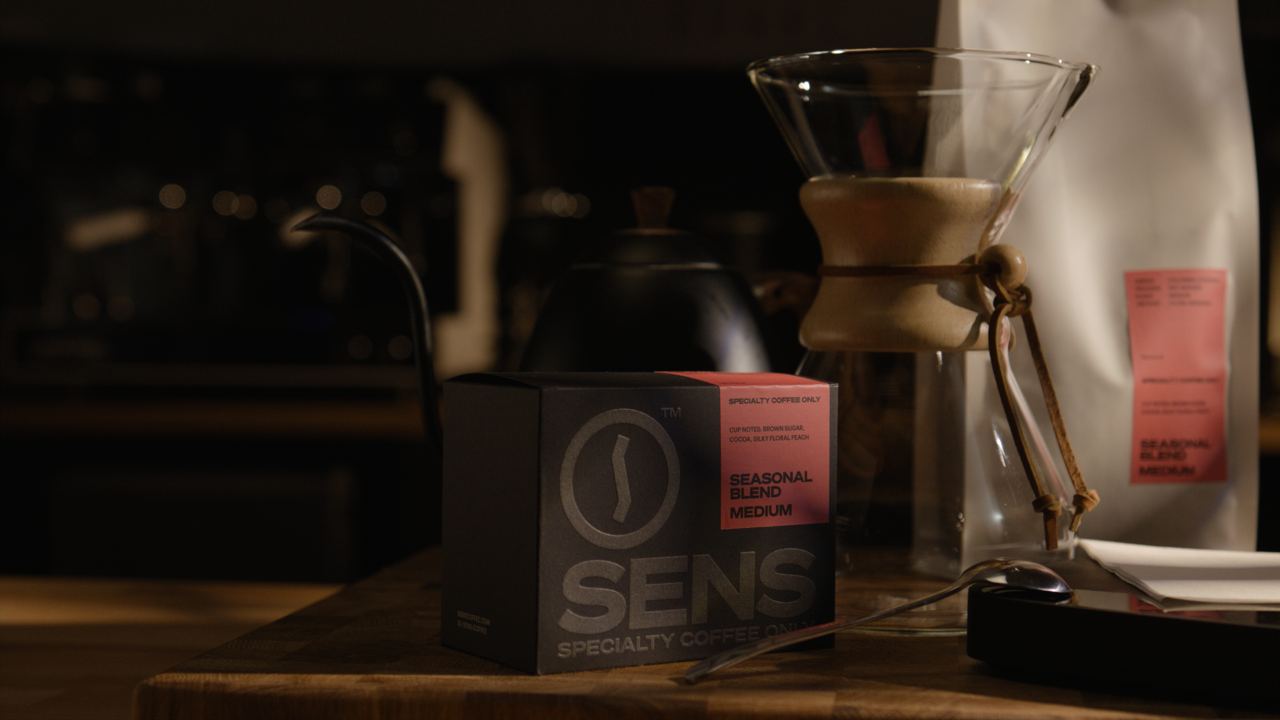While many rely on coffee to boost alertness, some individuals find it ineffective or even experience increased fatigue after consumption. Several factors contribute to these varied responses:
Genetic Differences in Caffeine Metabolism
Genetics significantly influence how individuals process caffeine. Variations in specific genes, particularly the CYP1A2 gene, determine the speed at which caffeine is metabolized. Fast metabolizers break down caffeine quickly, potentially reducing its stimulating effects, while slow metabolizers may experience prolonged effects, leading to jitteriness or disrupted sleep.
Developing Caffeine Tolerance
Regular consumption of caffeine can lead to tolerance, where the body becomes accustomed to its effects, necessitating higher doses to achieve the same level of alertness. Over time, this can render standard amounts of coffee less effective in promoting wakefulness.
Impact of Adenosine and Sleep Pressure
Caffeine works by blocking adenosine receptors in the brain. Adenosine is a neurotransmitter that promotes sleepiness as it accumulates throughout the day. By inhibiting these receptors, caffeine temporarily wards off drowsiness. However, once the caffeine's effects diminish, accumulated adenosine can bind to its receptors, potentially leading to a sudden onset of fatigue.
Influence of Circadian Rhythms
The body's internal clock, or circadian rhythm, regulates sleep-wake cycles. Consuming coffee at times misaligned with one's circadian rhythm, such as late in the day, can interfere with natural sleep patterns, resulting in diminished alertness and increased tiredness.
Blood Sugar Fluctuations
In some individuals, caffeine can cause spikes in blood sugar levels, followed by rapid declines. These fluctuations may lead to feelings of lethargy or sluggishness after the initial stimulating effects wear off.
Dehydration Effects
Caffeine has diuretic properties, increasing urine production and potentially leading to dehydration if fluid intake isn't adequately maintained. Dehydration is a known factor in causing fatigue, which might counteract the energizing effects of coffee.
Underlying Health Conditions
Certain health issues, such as sleep disorders, depression, or chronic fatigue syndrome, can influence how one's body responds to caffeine. In such cases, coffee may not provide the desired alertness and could exacerbate feelings of tiredness.
Recommendations for Optimal Caffeine Consumption
To maximize the benefits of caffeine and minimize potential adverse effects:
-
Monitor Intake: Limit daily caffeine consumption to moderate levels to prevent tolerance buildup.
-
Timing Matters: Consume coffee during periods when natural alertness is low, typically mid-morning or early afternoon, and avoid intake close to bedtime.
-
Stay Hydrated: Balance coffee consumption with adequate water intake to counteract diuretic effects.
-
Assess Lifestyle Factors: Ensure sufficient sleep, manage stress effectively, and maintain a balanced diet to support overall energy levels.
Understanding these factors can help individuals tailor their coffee consumption habits to align with their unique physiological responses, thereby enhancing the desired stimulating effects.






